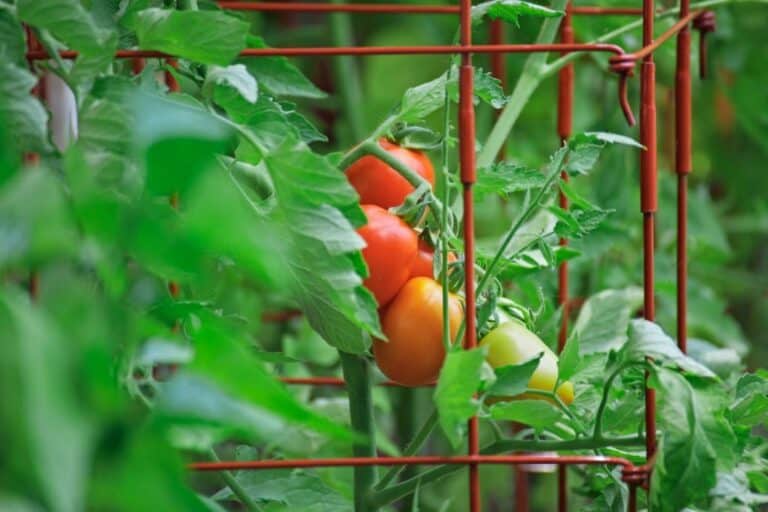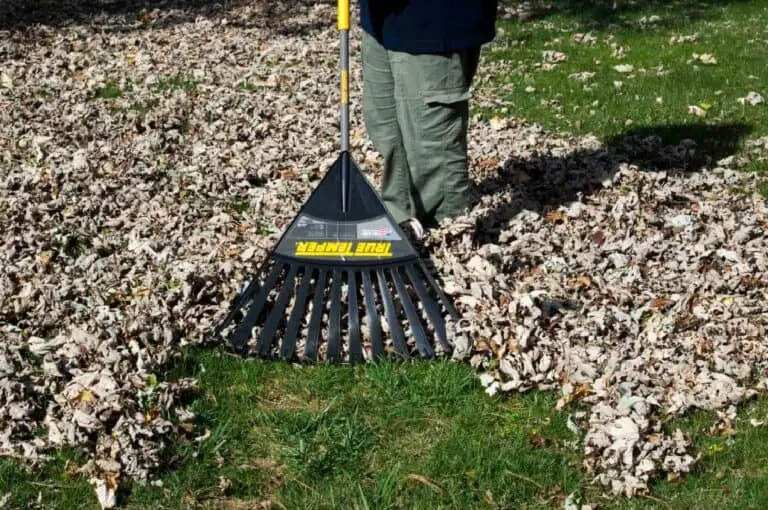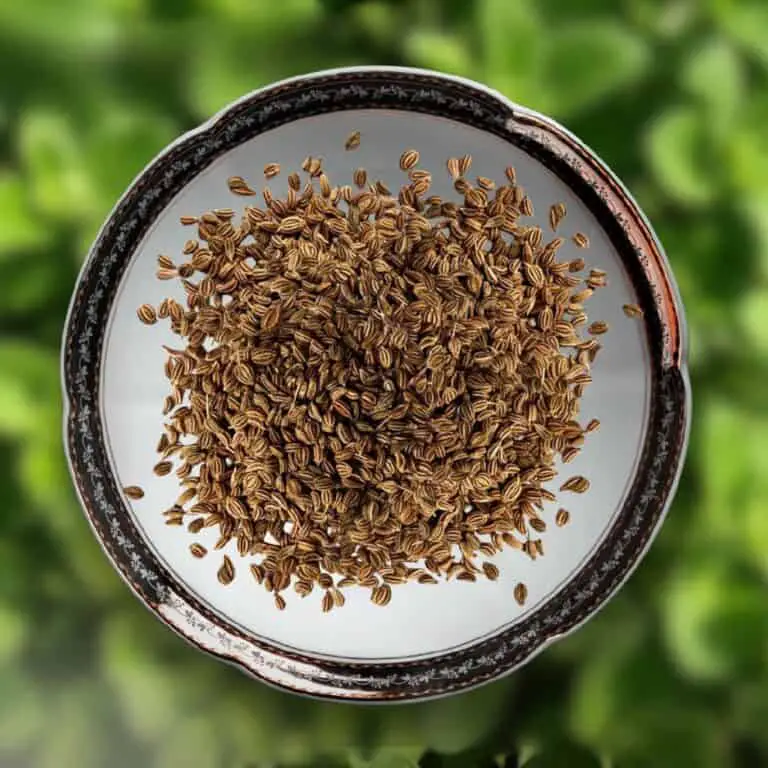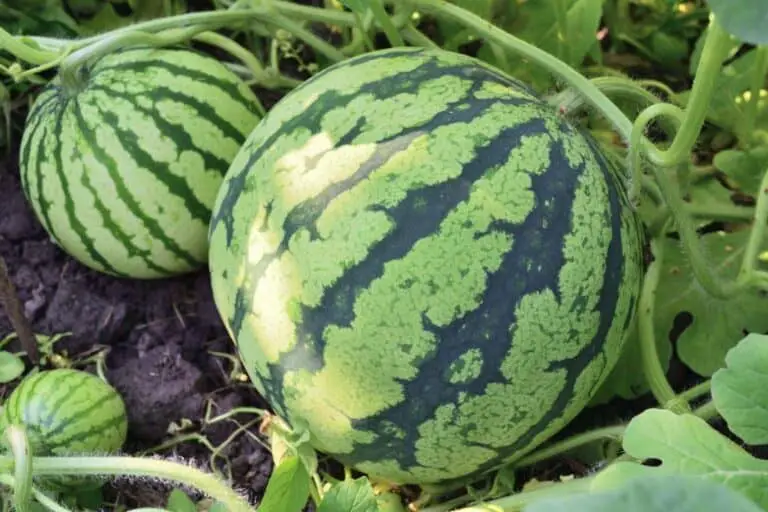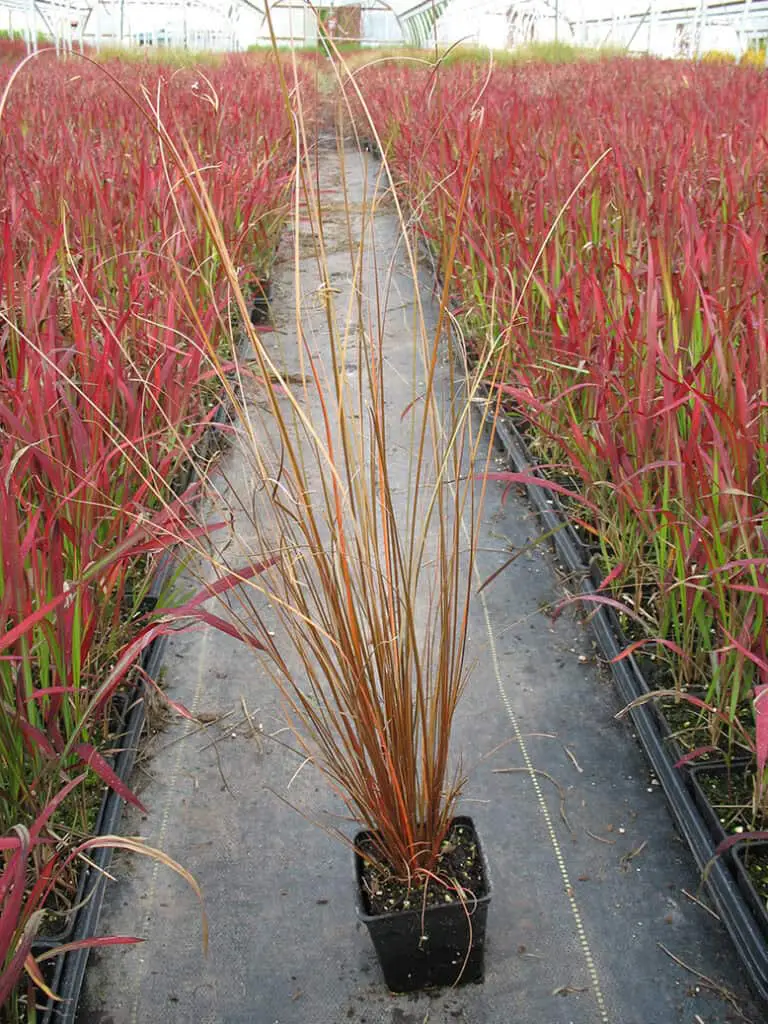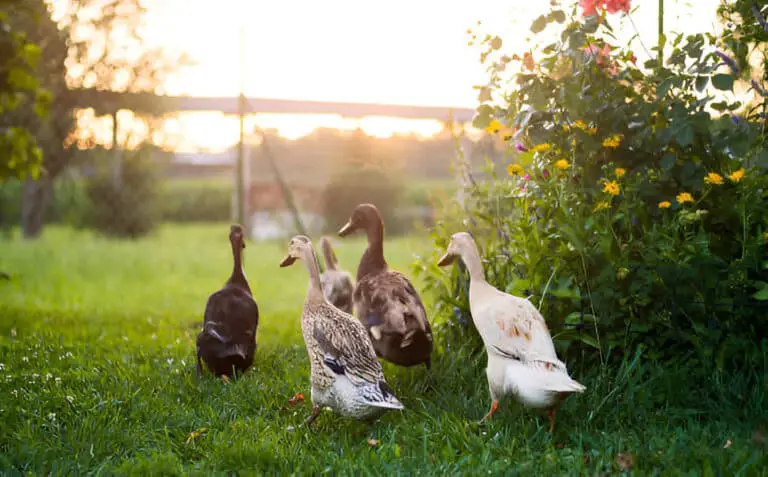When to Plant Strawberries Indiana: Best Months and Growing Tips

Strawberries are a beloved fruit, cherished for their sweet flavor and versatility in various dishes. In Indiana, growing strawberries can be a rewarding experience if done at the right time and with proper care.
Do you dream of plucking juicy, sweet strawberries straight from your garden in Indiana? Timing is everything when it comes to planting strawberries for the best yield and flavor. Whether you’re a seasoned gardener or a beginner looking to start your own berry patch, knowing the optimal planting time is essential.
This article explores the best times to plant strawberries in Indiana. It considers the state’s unique climate and soil. Master the timing and techniques for planting strawberries. Then, you’ll be on your way to a bountiful harvest of delicious, homegrown strawberries.
Understanding Indiana’s Climate Zones
Indiana has cold winters and warm, humid summers. This makes it ideal for growing strawberries. The state is divided into different climate zones. Each has slightly varying conditions that influence the best planting times:
| Climate Zone | Best Planting Time |
| Northern Indiana | Late April to Early May |
| Central Indiana | Mid-April to Early May |
| Southern Indiana | Early April to Late April |
Best Months for Planting Strawberries
Choosing the optimal planting time is crucial for the successful growth of strawberries in Indiana. Here’s a detailed look at the best months for planting strawberries in different regions of the state:
- Northern Indiana: Due to cooler temperatures, the best time to plant strawberries is from late April to early May. This ensures that the plants are established before the hot summer months.
- Central Indiana: Mid-April to early May is the ideal planting window. The temperatures during this period are conducive to strong root development.
- Southern Indiana: Southern Indiana has a warmer climate. This allows for earlier planting, from early to late April. It gives plants a head start on the growing season.
| Also read: When to Plant Strawberries in Melbourne? |
Best Varieties of Strawberry to Grow in Indiana
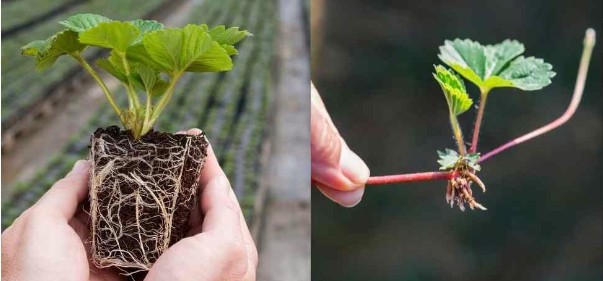
Indiana is known for its ideal climate for growing strawberries. Here are some of the best varieties to grow in Indiana:
- Earliglow: Known for its early production and high yields, Earliglow is a popular choice for Indiana growers. It is a June-bearing variety that produces large, sweet berries in late spring to early summer.
- Honeoye: Another June-bearing variety, Honeoye is known for its high yields and disease resistance. It is a popular choice for Indiana growers due to its ability to thrive in the state’s climate.
- Jewel: Jewel is a June-bearing variety that produces large, sweet berries. It is known for its high yields and is a popular choice for Indiana growers.
- Delite: Delite is a June-bearing variety that produces large, sweet berries. It is known for its high yields and is a popular choice for Indiana growers.
- Ozark Beauty: Ozark Beauty is a June-bearing variety that produces large, sweet berries. It is known for its high yields and is a popular choice for Indiana growers.
- Sunrise: Sunrise is a June-bearing variety that produces large, sweet berries. It is known for its high yields and is a popular choice for Indiana growers.
- Sparkle: Sparkle is a June-bearing variety that produces large, sweet berries. It is known for its high yields and is a popular choice for Indiana growers.
These varieties are known for their high yields, disease resistance, and ability to thrive in Indiana’s climate. They are popular choices among local growers and are well-suited for the state’s strawberry production needs.
Tips for Planting Strawberries in Indiana
- Site Selection: Choose a sunny location with well-drained soil. Strawberries need at least 6–8 hours of sunlight per day. Avoid areas where strawberries, tomatoes, peppers, or eggplants have been grown recently. This reduces the risk of soil-borne diseases.
- Soil Preparation: Prepare the soil by adding organic matter. This can be compost or well-rotted manure. Aim for a soil pH between 5.5 and 6.5. Test the soil and adjust the pH if necessary, using lime to raise it or sulfur to lower it.
- Planting Depth and Spacing: Plant strawberry crowns so that the roots are well-covered, but the crown itself is at soil level. Space the plants 12–188 inches apart in rows 3–4 feet apart. This spacing allows for good air circulation and reduces the risk of fungal diseases.
- Mulching: Add straw mulch around the plants. It will save water, stop weeds, and shield the berries from the soil. Mulching also helps regulate soil temperature, keeping the roots cool in summer and warm in winter.
- Watering: Keep the soil consistently moist, especially during flowering and fruiting strawberry growing stages. Water early in the day to allow foliage to dry, which helps prevent fungal diseases. Drip irrigation is ideal as it delivers water directly to the roots and reduces the risk of leaf wetness.
- Fertilizing: Fertilize strawberries with balanced fertilizer (such as 10-10-10) at planting time. Fertilize them again after the first harvest. Avoid over-fertilizing, can lead to excessive foliage growth at the expense of fruit production.
Types of Strawberries Suitable for Indiana
There are three main types of strawberries that can be grown in Indiana:
- June-bearing: Produce one large crop in late spring to early summer. Popular varieties include ‘Earliglow’ and ‘Allstar’.
- Everbearing: Yield two to three harvests during spring, summer, and fall. Varieties like ‘Ozark Beauty’ and ‘Fort Laramie’ are good choices.
- Day-neutral: Produce fruit continuously from spring to fall. ‘Tribute’ and ‘Tristar’ are recommended varieties for their consistent fruiting.
Pest and Disease Management
Gray mold and powdery mildew are two diseases that can harm strawberries, as well as pests like aphids, spider mites, and slugs. Here are some strategies to manage these issues:
- Pest Control: Use insecticidal soap or neem oil for aphids and mites. For slugs, apply diatomaceous earth or set up beer traps around the plants.
- Disease Prevention: Prevent disease. Space plants well and remove any diseased leaves. Also, ensure good air flow. Apply organic fungicides as a preventive measure, especially during wet conditions.
Harvesting and Post-Harvest Care
Harvest strawberries when they are fully red and ripe. Pick them up with a portion of the stem attached to extend their shelf life. Handle the berries gently to avoid bruising, and place them in a shallow container to prevent crushing. Store harvested strawberries in the refrigerator and consume them within a few days for the best flavor and freshness.
Conclusion
Growing strawberries in Indiana can be delightful. It can also be fruitful with the right knowledge and prep. You can have a big strawberry harvest. To do so, understand your region’s best planting times. Also, prepare the soil well and follow vital growing tips.
You may prefer the large, sweet berries of June-bearing types. Or, you may prefer the continuous harvests of everbearing and day-neutral varieties. Either way, strawberries are a rewarding addition to any Indiana garden. Happy planting!

